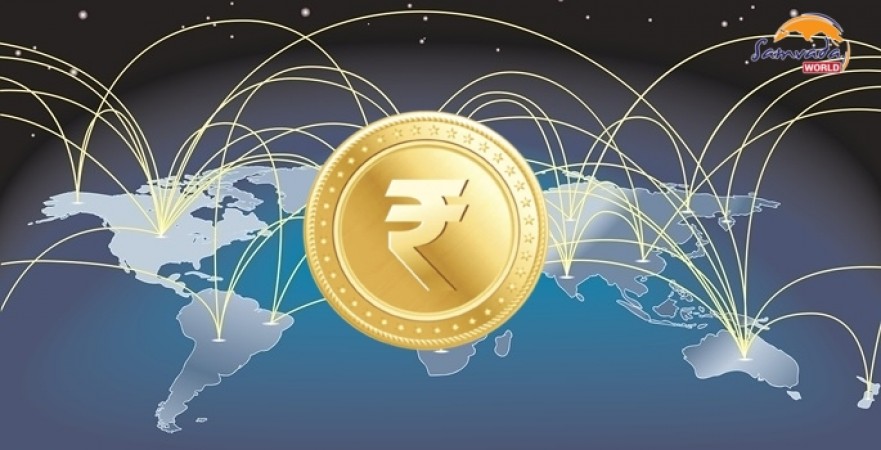
New Delhi: India's ambitious campaign to internationalize the rupee, aimed at increasing the global prominence and acceptance of its national currency, has encountered significant challenges and a slow start. Despite India's growing economic prowess and efforts to promote the rupee as an alternative to the dominant global currencies, such as the US dollar and the euro, progress towards achieving international recognition has been limited thus far.
The Indian government's push to internationalize the rupee was initially motivated by the desire to reduce the country's dependence on foreign currencies and enhance its economic sovereignty. The campaign aimed to boost trade and investment in rupee-denominated assets, expand the use of the rupee for cross-border transactions, and establish India as a financial hub in Asia.
Also read:Auto Retail Sales Surge: 10% June Boost Signals Recovery, Consumer Demand
However, one of the primary obstacles hindering the internationalization of the rupee is the lack of a deep and liquid financial market. To become a global currency, the rupee needs to have a robust infrastructure that supports its trading and liquidity across borders. Although India has taken steps to develop its financial markets, including reforms in bond markets and the introduction of derivative products, progress in this area has been gradual.
Another significant challenge has been the dominance of the US dollar in international transactions. The dollar's status as the global reserve currency provides it with unparalleled liquidity and acceptability, making it difficult for other currencies, including the rupee, to compete. Additionally, the global financial system's heavy reliance on the dollar creates a network effect that further solidifies its position, making it challenging for the rupee to gain traction.
Furthermore, India's recent macroeconomic challenges, including inflationary pressures and fiscal deficits, have raised concerns among international investors. The stability and predictability of a currency are crucial factors in its acceptance as a global medium of exchange. While India has made efforts to address these concerns through various policy measures, the lingering apprehensions have contributed to the slow start of the rupee's internationalization.
Also read:Global Rice Market Under Siege: Price Spike Devil Threatens Food Security for 3 Billion
To overcome these obstacles, the Indian government has implemented a series of initiatives. The Reserve Bank of India (RBI) has signed currency swap agreements with several central banks to facilitate trade and investment in rupee. India has also taken steps to promote the rupee in international bond markets, issuing "Masala bonds" and allowing foreign investors to access these instruments. Additionally, India has pursued greater regional integration through initiatives like the South Asian Association for Regional Cooperation (SAARC) and the Bay of Bengal Initiative for Multi-Sectoral Technical and Economic Cooperation (BIMSTEC) to increase trade in local currencies.
While progress has been slow, there have been some positive developments in India's campaign to internationalize the rupee. Several central banks and financial institutions, particularly in neighboring countries, have shown interest in holding rupee reserves and conducting transactions in rupee. Indian companies have also been encouraged to settle trade transactions in rupee, reducing reliance on foreign currencies.
In conclusion, India's campaign to internationalize the rupee has encountered a slow start due to challenges such as a lack of financial market depth, the dominance of the US dollar, and macroeconomic concerns. However, the Indian government's efforts to develop infrastructure, promote the rupee in international markets, and foster regional integration show promising signs for the future. As India continues its economic growth trajectory, sustained reforms and strategic partnerships will be crucial in advancing the international acceptance and prominence of the rupee.